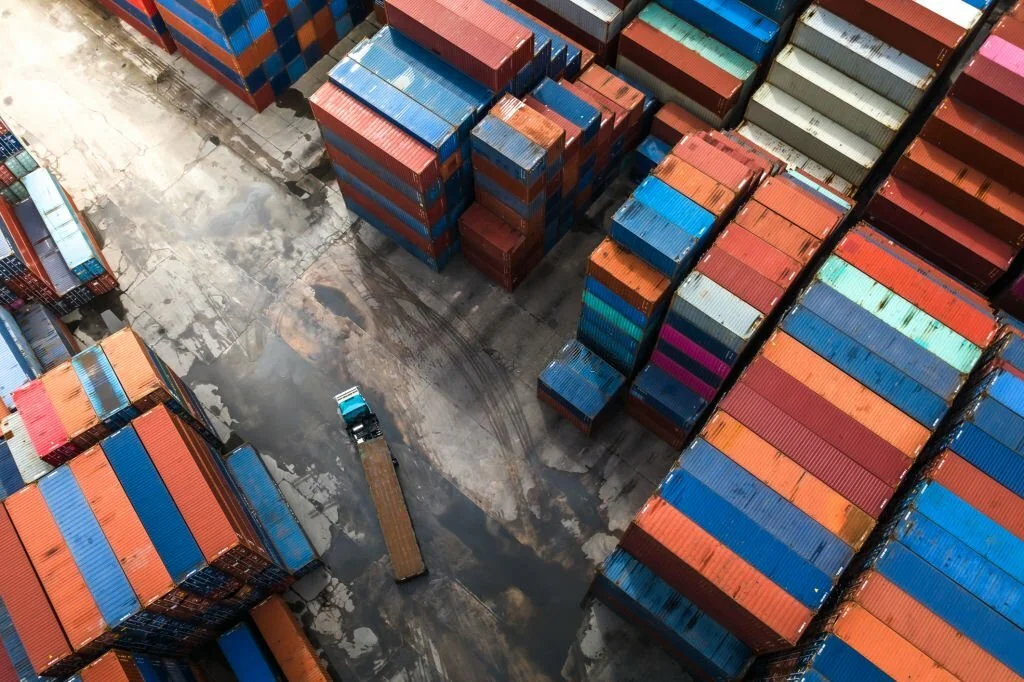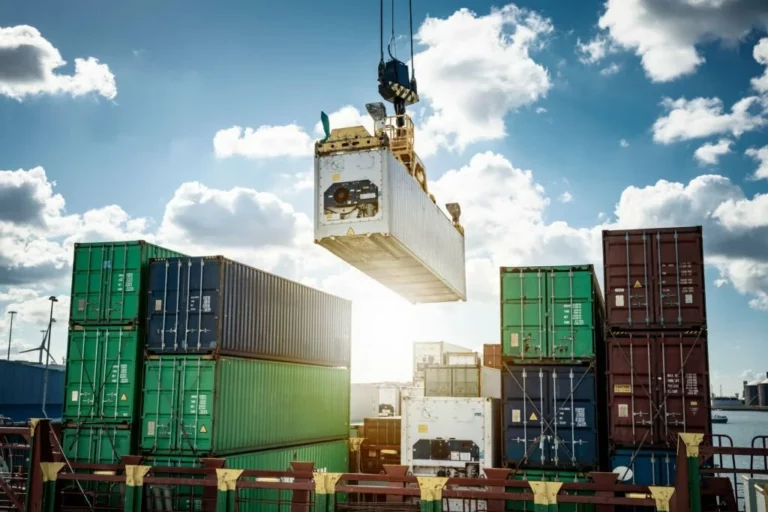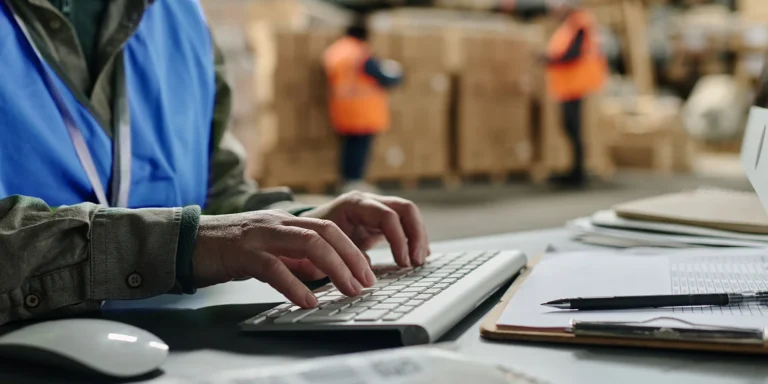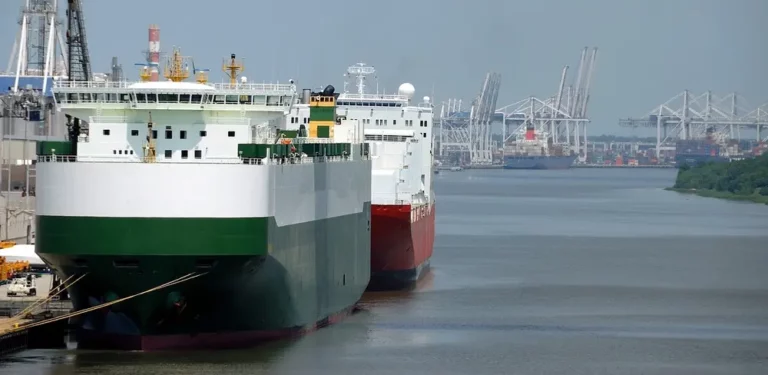Understanding the Role and Responsibilities of a Consignee in Logistics
Introduction to Consignees in Logistics
Have you ever wondered about all the hands that a product passes through before reaching you?
Several important yet less visible strings in the logistic chain enable the smooth movement of products and information. The consignee is one such important cog in the wheel of logistics, which is the central figure in the final act of logistics, where the product becomes a consumer’s possession.
Overview of consignee
Several neo-noir movies mention the word consignment. Many pop culture references include the term consignment, to denote valuable Macguffins in movies and storylines. Despite such exposure, we barely know about the textbook definition of the term. This also may imply that most of us are not aware of the exact role played by a consignee in our lives.
At large, the consignee is the designated recipient of the shipped products. In the last phase of the supply chain, the consignee entirely takes charge of the products once they reach the designated port or destination. From this point, the consignee governs the movement of products in terms of coordinating with customs, overseeing unloading procedures, and ensuring the smooth transition of goods from the port to the final destination, i.e. to the customer’s doorstep.
So, in a nutshell, most of the things around that you have ordered online have touched this so-called omnipresent entity consignee. In a capitalist market, the consignee is everywhere, so much so that at times, you the customer can be the consignee.
Importance in Global Trade
The consignee is the ultimate destination point in the intricate networks that facilitate the movement of goods across borders. The goods are a boomerang, that always returns to the consignee from any and every nodal point in the supply chain.
The consignee stands at the nexus between, the manufacturers, freight carriers, customs offices, and transportation companies.
In the complex logistics network, the absence of a consignee creates a notable disruption in the smooth operations of global trade. Much like a missing piece in a puzzle, the goods embark on their journey without a designated recipient, contributing to an imbalance in the system. As a coordinator and collaborator, the consignee’s responsibilities go beyond mere recipients; they become conductors, ensuring the harmonious transition of goods.
Basic Definition and Context
For all the purists out here, by definition, a consignee is defined as the person to whom merchandise is delivered by vocabulary.com.
However, in the context of logistics, this meaning is highly simplistic. The sentence lacks the nuance that encompasses the entire intricate structure of the supply chain. This aspect is very applicable to several other shipping terms.
In the realm of logistics, a consignee is like a person with AB positive blood type, who receives and assumes the ownership of shipped goods.
Like the several integral realities of the world such as gender, the position of a consignee is fluid in nature and is adopted by several stakeholders in the supply chain. A freight forwarder temporarily acts as an intermediary consignee, holding goods until they can be transferred to the ultimate consignee. A freight carrier ceases to be the consignee till the legal ownership transfers when the actual consignee signs the bill of lading.
A consumer can also assume the role of consignee after placing an online order awaiting delivery.
Detailed Role of a Consignee
In-depth exploration of the consignee’s responsibilities
- Contractual Clarity:
Consignment activities are governed by the terms that are etched in the contractual agreements. The consignees must have a clear understanding of their rights and responsibilities, including aspects such as liability, payment terms, and dispute resolution, ensuring seamless compliance with legal obligations.
- Document Diligence:
The entire process of shipping goods involves heaps of documentation. Thus, meticulous paperwork is key for the consignees. They need to be adept at handling bills of lading, packing lists, and customs documents. It is also suggested that consignees prioritize accurate and timely documentation to ensure smooth cargo clearance.
- Cargo Reception Protocol:
The arrival cargo is the call for action to the consignees. The consignees are required to do a thorough inspection to confirm alignment of the contents of the cargo with descriptions and assessing conditions followed by promptly documented acceptance.
- Financial Accountability:
Consignees dispense several charges such as customs duties, freight fees, etc. Besides understanding these financial delegations, a consignee is also responsible for recording these activities with the utmost accuracy. In this context, awareness of Incoterms, like Delivered at Place Unloaded (DPU), enables the consignee to clarify payment obligations during shipping processes with minimal disruption.
- Challenge Management:
Shipping is susceptible to severe technicalities alongside its dependence on nature. Hence, there is always a looming possibility of delays, damages, or disputes. Consignees must be swift in addressing such issues. Consignees are expected to exhibit effective communication, comprehensive documentation, and vigilant cargo tracking. Such an informed and proactive approach enables a high degree of problem-solving.
- Regulatory Adherence:
Besides, the consignment contract, consignees operate within the boundaries of maritime and customs regulations. Hence, consignees need to be in tandem with variations based on cargo type and destination, and pertaining regulations. Compliance with the laws is of paramount importance as it minimizes several potential legal entanglements.
As we delve into the legal and regulatory territory, let us understand the specifics in this realm that are non-negotiable for consignees.
Legal and Regulatory Aspects
The maritime and customs rules and regulations are the bible of the shipping world as they facilitate safe and organized journeys for goods across international borders. Thus, consignees’ necessity to know and adhere to them is an operational obligation.
Variable Regulations Understanding: While some maritime rules remain constant for a long time, there are rules specific to the nature of goods and destinations. Some rules and guidelines are dynamic and susceptible to change based on climatic conditions, geopolitical factors, and security reasons. Consignees are expected to be the know-all in this context and remain updated on alterations to maritime and customs regulations.
So, besides the idea of fieldwork, if you want to be a consignee, reading law should be your second nature.
The continuous awareness of the dynamic rules skims the risk of unintentional rule violations and legal entanglements. Besides, legal implications can also have a direct impact in terms of fines, delays, or confiscation of goods. Such scenarios contribute to additional expenses and discrepancies in delivery quality and timeline.
Interaction with Other Supply Chain Entities
In a large network of supply chains that are spread across several nations and continents, consignees need to collaborate and coordinate with several other entities in the mix to ensure smooth operations with sufficient transparency and precision. So, the consignee needs to be a social animal for the sake of his job, if not biologically, so buckle up nerds and introverts.
Consignees interact with the manufacturers and suppliers to coordinate the accurate dispatch of shipments, in terms of quality, quantity, and time.
From a documentation purview, consignees deal with invoices, purchase orders, and product specifications at the helm of this communication.
Freight forwarders are the intermediaries who handle goods temporarily and at times also assume the role of proxy consignee. Consignees remain in constant contact with freight forwarders to ensure smooth transitions and visibility into transportation processes.
In terms of paperwork, consignees validate bills of lading, freight invoices, and storage agreements while interacting with freight forwarders.
Customs brokers are one of the imperative checkpoints in the supply chain, where the consignees produce accurate and complete customs documentation to obtain clearance and compliance.
Furthermore, transportation and logistics providers are also one of the nodal points that remain in the Consignees’ communication loop to manage the physical movement of goods and timely deliveries. This interaction requires the consignees to deal with shipping manifests, delivery schedules, and insurance documentation.
Consignee vs Consignor: Understanding the Differences
As we delve into the operations of a consignee, it is obvious to ponder over the difference between a consignor and a consignee, as they are significant immediate intermediaries of the supply chain. Due to the nomenclature, it can always come across that the consignor is the boss. Well, not necessarily.
In the practical proceeding of logistics, often the roles of consignee and consignor intertwine, blurring the lines between their responsibilities While there is a looming sense of fluidity that is required to enable the smooth movement of goods, the fundamental distinction between a consignor and consignee remains intact.
Typically, a consignor initiates the shipment, relinquishing control as the goods travel, while the consignee takes charge upon arrival, overseeing customs clearance, inspections, and final delivery.
This establishes the fundamental nodal labeling that, a consignor is a sender, while the consignee is the ultimate recipient, responsible for accepting and managing the goods at the final destination. Such defined distinction enables an expansive standardization of supply chain ecosystems worldwide.
However, like the consignee, the consignor also has some designated responsibilities as a sender at the initial point of origin in the shipping process, to facilitate the smooth movement of goods. To know more about the pristine differences between these two entities read our blog consignor-vs-consignee.
Responsibilities of a Consignor
- Ensuring goods are appropriately packed to withstand transportation.
- Preparing and furnishing accurate shipping documents, including invoices, packing lists, and export permits.
- Arranging transportation with carriers and selecting suitable modes of transport.
- Adhering to national and international regulations governing the export of specific goods.
- Ensuring timely delivery of goods to the carrier’s facility for onward transportation.
- Maintaining open communication with the consignee to provide shipping details and coordinate delivery expectations.
- Implementing risk mitigation strategies, including insurance coverage for the goods during transit.
- Providing accurate information to facilitate smooth customs clearance at the destination
How Roles Impact Logistics Operations
The dynamic interaction between consignees and consignors is inevitable in supply chain operations. So, it is a war in the supply chain if the consignee and consigner cannot work together.
The synergy between consignors initiating shipments and consignees receiving and overseeing deliveries establishes the foundation for a resilient and responsive logistics network, woven by accurate communication. Such a well-coordinated consignor-consignee relationship contributes to timely shipments, reduced risks of delays, and streamlined customs processes.
Case Studies: Real-World Applications
Examples and scenarios illustrating the consignee’s role
In a random shopping spree, you a customer also become a consignee as you eagerly click “Buy Now” for a gadget. The global journey unfolds with shipping containers, carriers, and customs. Upon delivery, the consignee inspects for damages, settles import duties, and welcomes the awaited package.
In the manufacturing saga, our consignee orchestrates raw materials’ arrival, coordinating with suppliers and managing customs intricacies to keep production flowing seamlessly.
In the pharmaceutical realm, the consignee collaborates with customs brokers, ensuring vital medicines comply with regulations, undergo quality checks, and reach local pharmacies promptly.
Challenges Faced by Consignees
As the final recipient of the shipment, consignees, often come across certain challenges, besides extraordinary scenarios.
The receiver always receives some baggage with the package; baggage of complications, both simple and complex.
Most of the time understanding the root causes of such repetitive challenges enables consignees to handle the unexpected contingencies with precision. Here are some of the real conflicting points in a consignee’s storyline that elevate him to be the hero of the supply chain.
- Inaccurate or Incomplete Documentation: this may occur due to errors in the bill of lading, incorrect invoices, or missing permits.
- Neglecting Cargo Inspection: Such oversight can result in disputes over the quality of goods or damaged or missing goods, further leading to increased costs and complications.
- Communication Breakdowns: Inaccuracy in delivery terms, unreported expenses, and incomplete instructions can cause delays and complicate the shipping process.
- Failure to Grasp Contractual Terms: Incomplete understanding can result in legal and deliverance compliance terms often resulting in disruption of supply chain proceedings.
Successful Strategies in Consignee Operations
While the protagonist, is aware of the probable problems, there is always a way out, not in a grand way, unlike the Micheal Bay, but in a more subtle and nuanced way.
To overcome such challenges the consignee needs to integrate some strategies in regular operations, that are not magic bullets of adamantium that can kill, but enable the consignee to achieve smooth and effective productivity.
- Documentation is one of the most important components and drawing out a large picture of the entire supply chain and the role of each document at its designated node, helps the consignees to bring an overall structure to the logistics.
- While defining the documentation and its role, it is suggestible also to chart the clear points that are to be checked in terms of accuracy. Ensuring every detail is in its rightful place, prevents unforeseen complications during the customs clearance.
- Clear and precise communication among the channels helps simplify the consignees’ jobs as it accommodates other stakeholders and establishes their respective responsibilities enabling synchrony.
- It is highly recommended that consignees keep copies of the documentation as backup as they come in handy in case of disputes or customs authorities demanding an encore.
Conclusion: The Evolving Role of a Consignee
Future trends and changes in the role of consignees
The emergence of newer technologies, such as AI, Machine learning, blockchain for real-time cargo tracking, etc. has shed light on the scope of accuracy one can achieve in supply chain operations. While the structural framework of supply chain operation may remain as it is for some time, the intrinsic execution essence is swaying towards automation compelling the consignees to embrace innovations.
Besides, there is also an expansive paradigm shift towards sustainability as each industry is trying to champion eco-friendly practices and collaborate with carriers on emission reduction.
Technological Impact on the Consignee’s Role
The advent of Artificial Intelligence (AI) in the realm of shipments has not merely added a technological layer; is showing a profound impact on the operations of the consignees.
Traditionally, consignees navigated the complexities of shipping with a reliance on manual processes and human oversight. The entry of AI into shipments introduces a paradigm shift, offering consignees a sophisticated set of tools to enhance decision-making, optimize processes, and ultimately elevate the overall shipping experience.
AI’s impact on tracking and visibility is particularly noteworthy. Consignees have the scope to get real-time, granular insights into the whereabouts and condition of their shipments. This enhanced visibility enables the consignees to anticipate potential delays or disruptions.
Furthermore, AI’s impact streamlines documentation through automation, eliminating conventional paperwork.
Global Trade and the Consignee
As global trade is becoming second nature for any resource, the consignee is set to evolve from being a reactive participant in the logistics to a proactive facilitator. At the helm of such change, the integration of AI is not merely a technological upgrade; it is an evolution that positions consignees as the central figure in invisible wizardry that seamlessly covers the entire journey of a product from the ‘click to buy’ option till its arrival at your doorstep.





